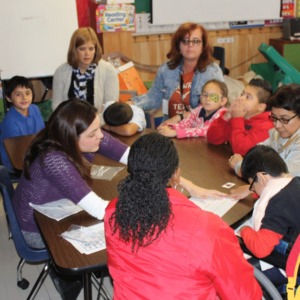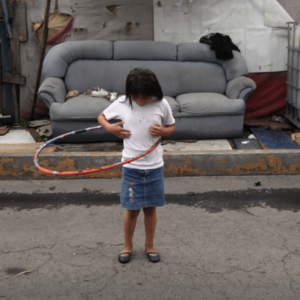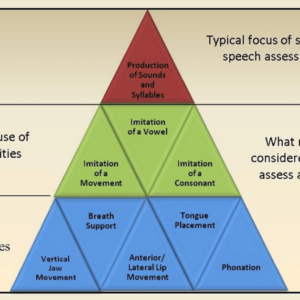Using Dynamic Assessment to Reduce Bias in Language and Reading Assessments
$22.00

Course Type: Video – 1 1/2 hours
ASHA Course Code: Developmental Language Disorders – 3010
There is a stage in the assessment process when we have our results but still need to determine if low performance was impacted by differences in cultural, experience, or second-language influence. That’s where dynamic assessment comes in. It not only helps us make an appropriate diagnosis but also gives us great goals. And when done correctly, it is not only fast but highly accurate.
Join Dr. Doug Petersen of the University of Wyoming as he shares an abbreviated dynamic assessment approach to evaluating language, reading, reading comprehension and writing skills with bilingual students. He shares his RIOT approach of Reviewing, Interviewing, Observing and Testing to maximize assessment outcomes.
Additional Information
| Population | Adult, Early Childhood, School Age |
|---|---|
| Duration | 1.5 hours |
| Credit | .15 Continuing Education Units |
| Topics | Diversity, Equity, & Inclusion (DEI), Evaluations, Exp/Rec Language |
| Format | Video |
Dr. Petersen researches the measurement of language and reading learning-potential in school-age students, focusing on the development and validation of dynamic assessments and curriculum-based universal screening and progress monitoring assessments that mitigate cultural, linguistic, and environmental bias. He also examines the extent to which data-driven, multi-tiered contextualized language intervention leads to meaningful language and literacy outcomes.
Financial Disclosure: Dr. Doug Petersen, Ph.D., CCC-SLP received a speaking fee from Bilinguistics.
Non-Financial Disclosure: None to disclose
Students from diverse backgrounds are frequently referred for special education services in err due to assessment methods that do not take their cultural and linguistic diversity into account. Dynamic assessment is a quick and evidence-based approach to reduce the bias in the assessment process. Dr. Doug Petersen of the University of Wyoming shares an abbreviated dynamic assessment approach to evaluating language, reading, reading comprehension and writing skills with bilingual students. He focuses on students’ learning potential with a goal of maximizing each student’s capacity to learn language. He shares his RIOT approach of Reviewing, Interviewing, Observing and Testing to maximize assessment outcomes.
Dr. Petersen also shares groundbreaking work that he and his colleagues have done in designing a 3-minute dynamic assessment measure of recoding nonsense words, which has significantly predicted which Kindergarteners will have reading difficulties. This work will allow students to get the supports they need early on so they may NEVER have to be diagnosed with a reading disability. He shares key predictors that SLPs should be on the lookout for with respect to reading difficulties in monolingual and bilingual children.
Participants will be able to:
• List 2 things SLPs should explore to identify potential reading difficulties in Kindergarten students.
• Describe how dynamic assessment reduces bias in the assessment process.
• List the four steps in the RIOT method that is used to maximize assessment outcomes
Time-Ordered Agenda
10 minutes – Introduction to the topic
15 minutes – Recognizing Biases in the Assessment Process
30 minutes – Implementing Brief Dynamic Assessment Procedures for Language and Reading
15 minutes – Important identifiers of reading difficulties
05 minutes – Summary
15 minutes – Moderated Question and Answer Session
Need CEUs?

 Share
Share
 Tweet
Tweet
 LinkedIn
LinkedIn
 Pin
Pin
 Email
Email





